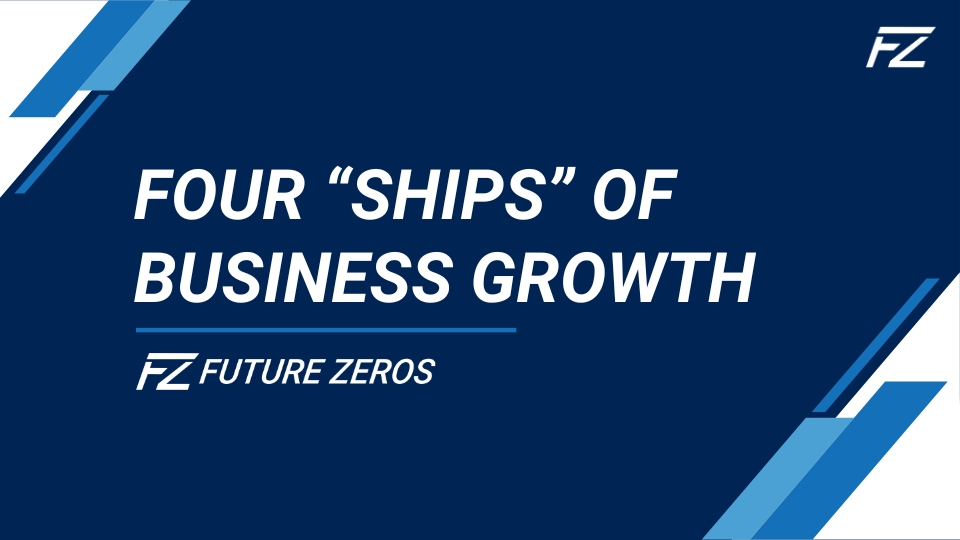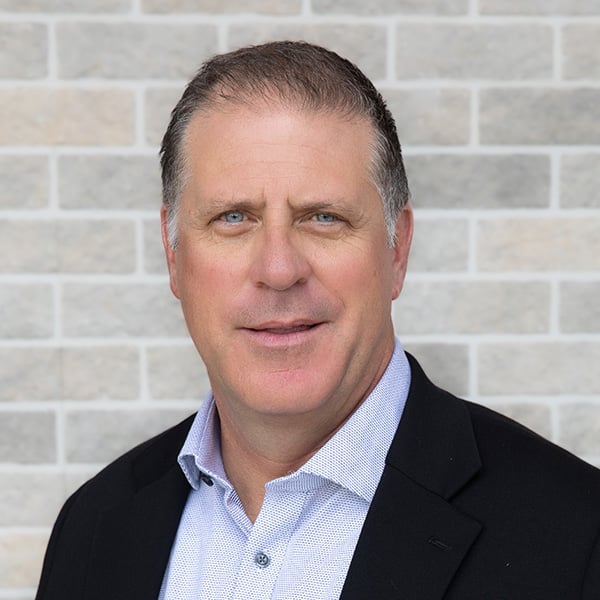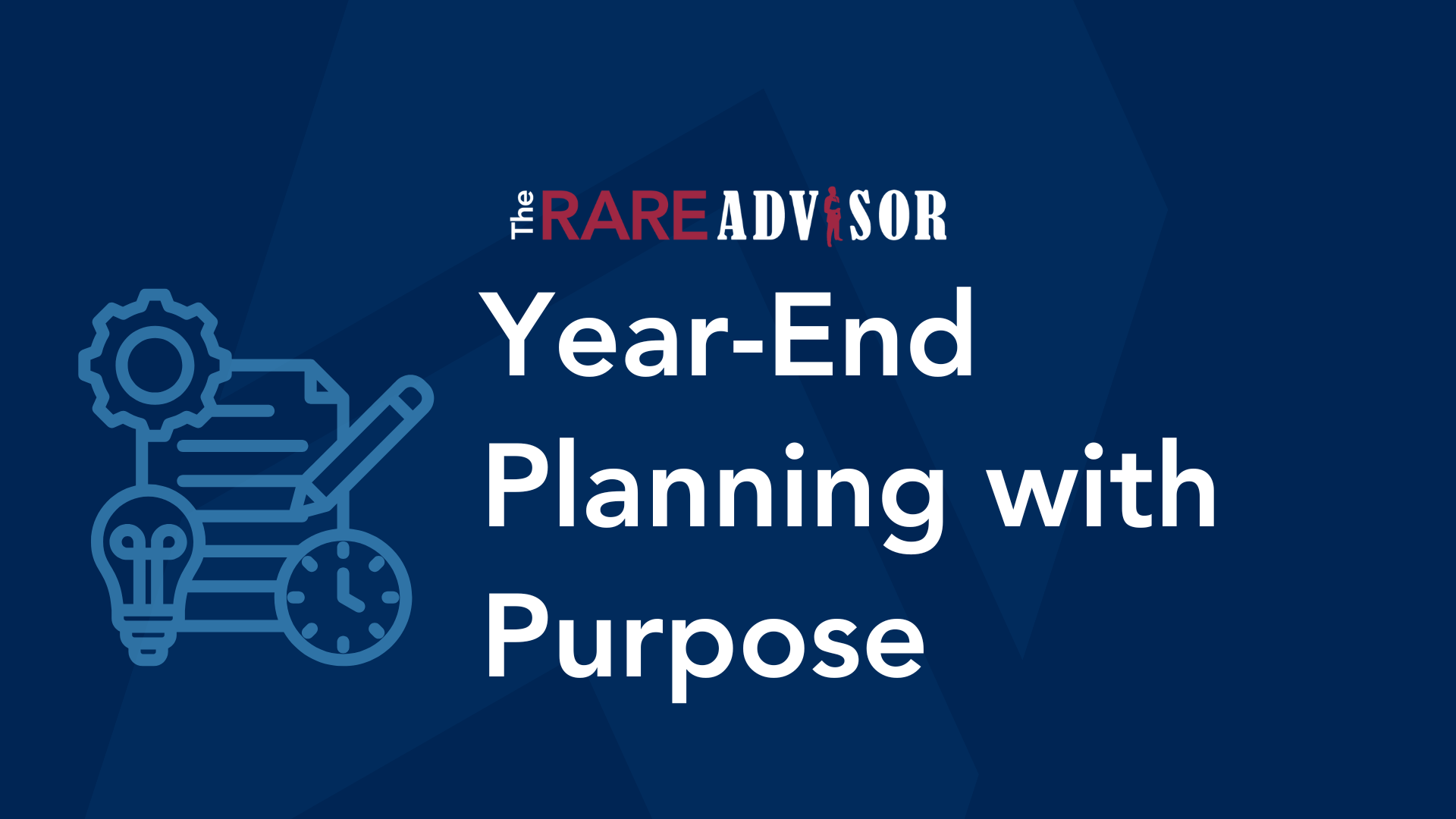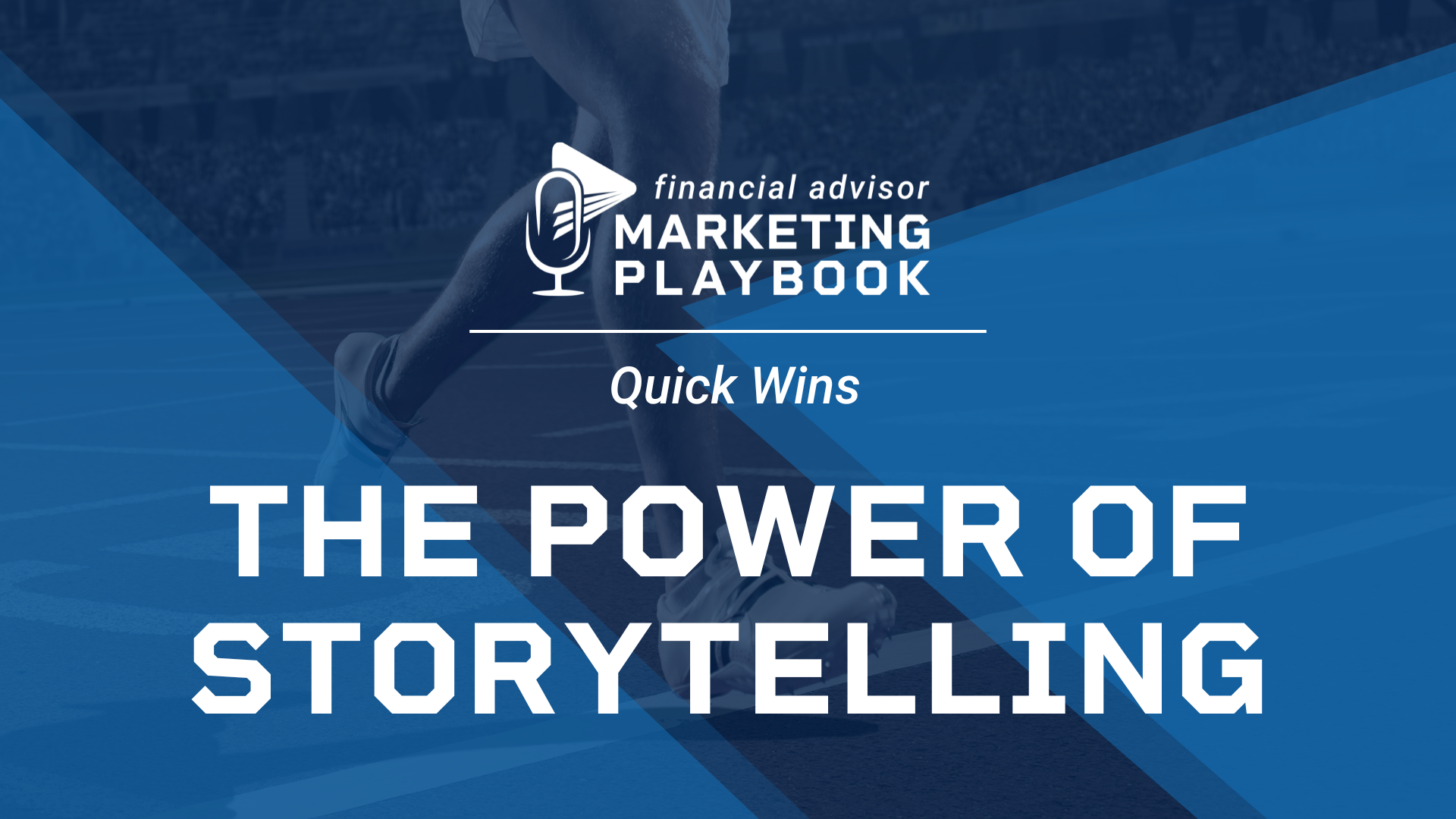Understanding the Four “Ships” to Grow Your Business

We’ll break down the four “ships” of motoring your business forward: Ownership, Leadership, Stewardship, and Relationship. Learn how to focus on each of these distinct areas to build your practice into a valuable asset, effectively lead your team, foster a culture of trust, and nurture vital connections with both employees and customers.
I want to speak with you about the four "ships" of running your business: that's ownership, leadership, stewardship and relationship. I like to call those the four ships. Basically, it's the categorized components that you need to be able to kind of move from hat to hat. So, there's a lot of overlap. Obviously, you can come up with a million different ways that these things kind of bump into each other and work hand in hand. But, they are four distinct categories as well, areas that you need to focus on, that you need to think about.
Ownership is very different than the operating of your business. This is the investor hat, if you will. This is important to understand, because, again, if you want your business to have value as a viable asset, then it's not just a job. It has jobs within - one might be yours as the owner operator - but it is separate from the investment of being an owner. So you got to think as an owner.
Then you need to think as a leader. Number two is leadership. This is where you really are being paid to be the CEO of your business. Imagine if someone else owned it and was hiring you to be the operator. Now it's all about leadership and making sure that you have this thing strategically heading in the right direction and you're properly motivating everyone around you.
The next is stewardship. Now stewardship is something that should apply to everyone, but in many ways, the distinction I like to make between leadership and stewardship is that everyone needs to be on board with stewardship, even if they're not a leader in the business. In other words, I expect them to make the right decisions for the right reasons at the right time as it benefits the company and the customers and the ownership. That's about being a good steward of the assets and the things that you've been put in charge of.
And then finally, is relationship. Now, obviously, relationship is extremely important at the customer level, but it's also extremely important at the employee level. How are you handling things amongst yourselves within the company, and then how is that being portrayed out to the customers?
These are the things that you want to nurture on a daily basis. Think about them once a week. Put a reminder on your calendar and identify how well did you do, or how well has your organization or your financial advisory practice done in the last week in these four ships: ownership, leadership, stewardship, and relationship.
--
Future Zeros is a series for financial advisors who want to increase the value of their firm today and in the future. Your host, Mike Walters (CEO of USA Financial), digs into the nuances of mergers, acquisitions, and succession within the financial advice industry to help you add “future zeros” to your bottom line. Whether you are nearing an exit, just entering the business, or in the middle of building your practice, the Future Zeros series will provide thoughtful insights into how to grow your practice the right way in order to maximize your future value and minimize the risk associated with doing so
Author Info

Mike Walters is the Chief Executive Officer (CEO) of USA Financial, leading the firm since its inception in 1988. Mike is committed to...
Related Posts

Mastering the Service Matrix: Elevate Client Experience & Drive Advocacy
In this episode of The Rare Advisor, Aaron Grady and Allan Oehrlein dive deep into two essential tools for modern advisory practices: the service matrix and the stewardship framework. Discover why moving from a reactive to a proactive service model is critical for consistency, scalability, and client advocacy. Learn how these frameworks help advisors deliver predictable, high-touch experiences, segment clients effectively, and create professional contrast that sets your firm apart. If you want to elevate your client experience and build loyalty that lasts, this conversation is packed with actionable insights.

Year-End Planning with Purpose: Becoming the Advisor of the Future
In this episode of The RARE Advisor, Aaron Grady and Duncan MacPherson explore how financial advisors can approach year-end planning with intention and purpose. Rather than focusing solely on metrics and spreadsheets, they discuss the importance of aligning your “why” with your process and practice. Drawing on Japanese philosophies like Ikigai, Kaizen, Kintsugi, and Wabi Sabi, they share insights on creating a more meaningful, resilient, and sustainable business. Learn how embracing continuous improvement, authenticity, and technology can help you become the advisor of the future.

The Power of Storytelling: 3 Essential Stories Every Financial Advisor Needs
In this episode of Financial Advisor Marketing Playbook, Mark Mersman reveals how storytelling can transform your marketing and client relationships. Learn the three foundational stories every advisor needs: your origin story to build trust, your client transformation story to demonstrate results and empathy, and your philosophy story to define your beliefs and differentiate your brand. Discover practical tips for crafting these narratives and integrating them into your website, meetings, and marketing strategy.

Mastering the Service Matrix: Elevate Client Experience & Drive Advocacy
In this episode of The Rare Advisor, Aaron Grady and Allan Oehrlein dive deep into two essential tools for modern advisory practices: the service matrix and the stewardship framework. Discover why moving from a reactive to a proactive service model is critical for consistency, scalability, and client advocacy. Learn how these frameworks help advisors deliver predictable, high-touch experiences, segment clients effectively, and create professional contrast that sets your firm apart. If you want to elevate your client experience and build loyalty that lasts, this conversation is packed with actionable insights.

Year-End Planning with Purpose: Becoming the Advisor of the Future
In this episode of The RARE Advisor, Aaron Grady and Duncan MacPherson explore how financial advisors can approach year-end planning with intention and purpose. Rather than focusing solely on metrics and spreadsheets, they discuss the importance of aligning your “why” with your process and practice. Drawing on Japanese philosophies like Ikigai, Kaizen, Kintsugi, and Wabi Sabi, they share insights on creating a more meaningful, resilient, and sustainable business. Learn how embracing continuous improvement, authenticity, and technology can help you become the advisor of the future.

The Power of Storytelling: 3 Essential Stories Every Financial Advisor Needs
In this episode of Financial Advisor Marketing Playbook, Mark Mersman reveals how storytelling can transform your marketing and client relationships. Learn the three foundational stories every advisor needs: your origin story to build trust, your client transformation story to demonstrate results and empathy, and your philosophy story to define your beliefs and differentiate your brand. Discover practical tips for crafting these narratives and integrating them into your website, meetings, and marketing strategy.

